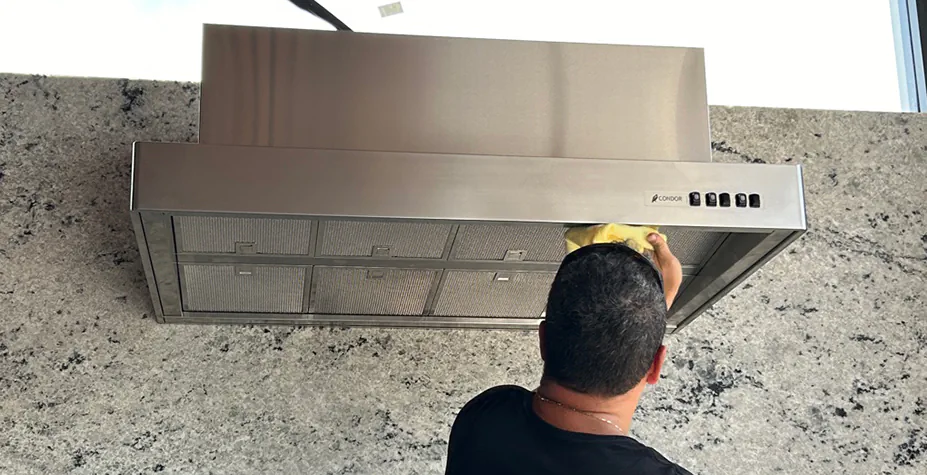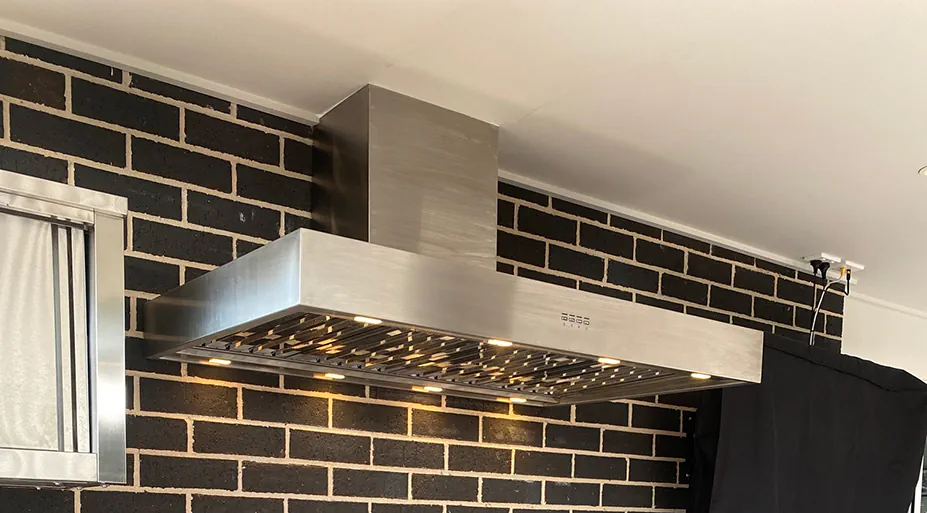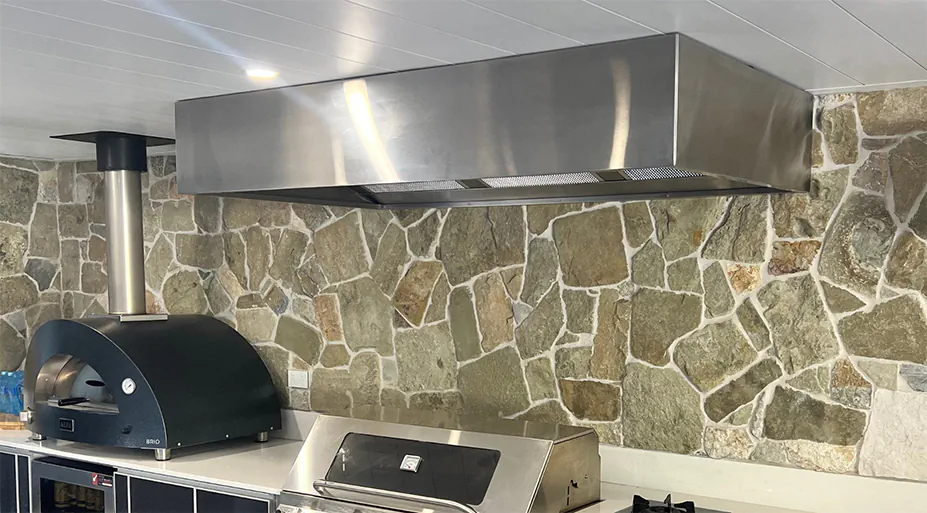Read time: 3 mins
Keeping your rangehood clean is essential for maintaining a fresh kitchen and ensuring optimal ventilation performance. At Sydney Rangehoods, we specialise in quality installations and maintenance tips to help Sydney homeowners achieve spotless results with simple, effective methods. Here's our refreshed guide to cleaning stainless steel rangehoods using household staples.
1. Dish-Washing Liquid and Baby Oil
For everyday grease and fingerprints, start with a gentle yet powerful duo. Dampen a soft cloth with warm water and add a few drops of mild dish-washing liquid. Wipe the stainless steel surface along the grain, applying extra pressure for tough spots without scratching. Rinse with a clean, damp cloth and dry thoroughly with a fresh towel to prevent watermarks.
To add a brilliant shine, apply a small amount of baby oil to another soft cloth and buff the surface in the direction of the grain. This method not only polishes but also creates a protective barrier against future smudges, making it ideal for high-traffic kitchens.

2. Water and a Microfiber Cloth
Need a quick refresh during the day? This no-fuss approach uses just warm water and a microfiber cloth for impressive results on stainless steel appliances. Dampen the cloth and gently rub away light grease, fingerprints, or stains, always following the grain to avoid streaks.
Follow up by buffing with a dry microfiber cloth for a streak-free polish. It's eco-friendly, chemical-free, and perfect for frequent touch-ups, helping maintain your rangehood's efficiency between deeper cleans.
3. Vinegar and Oil
Harness the natural acidity of white vinegar for a deeper clean that cuts through built-up grime. Fill a spray bottle with undiluted white vinegar, spritz it directly onto the rangehood's stainless steel surface, and wipe along the grain using a soft cloth. This breaks down grease effectively without harsh chemicals.
For added luster, dab olive oil (or a neutral alternative like vegetable oil) onto a separate cloth and polish the area. This combination restores shine and offers mild protection, making it a go-to for eco-conscious households in Sydney.

4. Glass Cleaner
When time is short, a mild glass cleaner provides a convenient all-in-one solution for cleaning and shining stainless steel. Spray it sparingly onto the surface and wipe off immediately with a dry, lint-free cloth, following the grain to ensure even coverage.
Note that this isn't suitable for food-contact areas due to potential residues—opt for food-safe methods instead. It's quick for visible spots but pair it with regular maintenance to keep your rangehood performing at its best.
5. Baking Soda
For stubborn, caked-on residue, baking soda acts as a gentle abrasive when used carefully. First, spray the surface with white vinegar to create a fizzing reaction, then sprinkle baking soda liberally over it. Using a vinegar-dampened sponge or cloth, scrub lightly in circular motions along the grain to lift marks without scratching.
Rinse thoroughly with warm water and dry with a soft cloth. This method is highly effective for deep cleans and leaves no residue, promoting longevity in your Rangehood.

Bonus: Polishing with WD-40
For an extra layer of protection and shine on non-food-contact stainless steel surfaces, WD-40 is a handy option. Spray a small amount onto a rag and wipe along the grain to remove residue and add a glossy finish. It also helps repel future stains, keeping sinks and rangehoods looking pristine. Always test in an inconspicuous area first, and remember to ventilate well during use.




